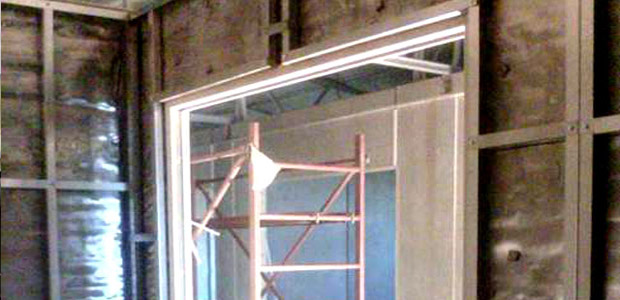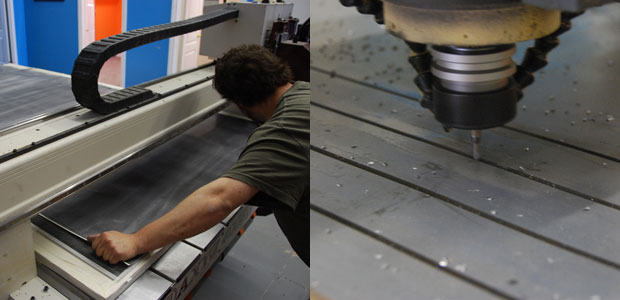Noise — it can destroy hearing, create physical and psychological stress and contribute to accidents by making it impossible to hear warning signals. The technology to curb noise levels of many sources now exists. The many variations of materials to control noise are all derived from three basic noise reduction principles:
1. Blocking of Sound Waves – Materials must act as barriers to noise transmission. The essential characteristics of a barrier are high mass and limpness.
2. Damping of Sound Waves – Materials must reduce radiated noise. Materials used for this function would be resilient in nature.
3. Absorption of Sound Waves – Materials must dissipate noise. The characteristics of this type of material are an open, fibrous or cellular structure and generally light weight.
Sheet Lead as a Barrier – The effectiveness of any barrier to noise transmission is established by three factors.
1. Mass – The greater the weight per square foot of barrier, the more sound it can block.
2. Limpness – A limp material blocks sound over a wider range than a rigid material, which can radiate the sound.
3. Integrity – There must not be a path through or around a barrier.
Sheet lead is heavy. Its high surface density (59 lb./sq. ft. per inch of thickness) will provide more of a sound barrier than a thicker layer of plaster, glass or concrete. There is a point at which these other materials will gain stiffness that negates the effectiveness of their density.
Because of its inherent limpness, or softness, lead cannot be easily set in vibration. It does not resonate or “ring,” hence it cannot radiate sound.
Being a metal, sheet lead has an advantage over various aggregate materials, since it is more uniform in density throughout. Also, its softness allows it to be easily cut, folded, formed or crimped. This allows sheet lead to have the flexibility required to insure the integrity of the barrier system.
Thus, sheet lead meets all the criteria for a good barrier. This, coupled with the fact that it can be readily adhered or fastened to other materials for structural or sound absorption purposes, facilitates the development of effective noise control systems.







